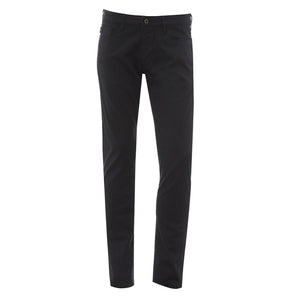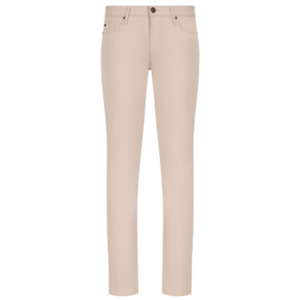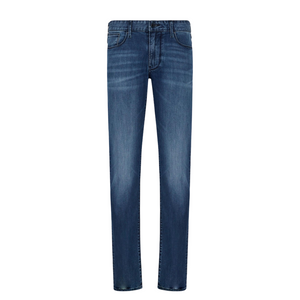It is a well-known fact among those with a vested interest in the production of clothing that the industry has previously struggled to maintain environmental sustainability alongside the business-driven need for profit to sustain its business. However, the turn of the 21st Century introduces a new focus on climate change and environmental preservation, and with that comes a change in the perception of the production of clothing and other daily goods.
It is of little secret to any economist that a revolutionary-style change in production is ineffective, both in efficiency and cost. Therefore, the designer industry was slower than other industries in making changes to production methods. Furthermore, in a time where the cost of living has increased to record levels and the wallets get tighter, the majority of corporations, including but not limited to the designer fashion industry, face an even greater battle in managing the cost of production, the cost of environmental sustainability and the cost of the goods to avoid pricing out customers.
Therefore, the question asks how the industry is able to cope with said balance?
One method that brands are increasingly moving towards is the use of recyclable material, plastic material and environmentally sustainable methods of cotton production. The latter point entails investing more into the environmentally sustainable model of production by improving worker conditions, improving pay for workers who source the materials, partnering with associations that help identify the most environmentally sustainable methods of sourcing cotton and moving towards cargo ship transport as opposed to aeroplane travel. This is most exemplified by Hugo Boss, who over the last decade have ramped up their efforts to provide more sustainable production of their clothing by openly endorsing said programmes. If you'd like to read more about it, click here.
While Boss have adopted these methods as of recent years, Sandbanks and Nudie Jeans have pioneered and prioritised environmental sustainability in production since their brands' foundations.
Ever since their foundation in 2001, Swedish denim leaders Nudie Jeans have pioneered the rise in production environmental sustainability. Every year, Nudie Jeans release a peer-reviewed Sustainability Report, designed to hold the brand to account regarding their environmental activity. Their most recent report, which you can click here to view for yourself, details an extraordinary level of environmental protection:
- A 27% reduction in yearly CO2 emissions in comparison to 2018
- 96% of Nudie's production involved the use of organic, certified or refined fibres
- The expansion of Nudie Jeans' free lifelong repairs programme included 68,342 reparations to products
- Ranked as a 'Leader' in sustainable production from the Fair Wear Foundation
- Expanded partnerships with Fairtrade, Fair Wear Foundation and the Fur Free Alliance
- Introducing a fully adopted policy of a Living Wage, fair working conditions and union representation for all workers within Nudie Jeans factories
More recently, since their foundation in 2019, Sandbanks has placed environmentally sustainable production at the heart of their model.
As a result of their longstanding partnership with environmental group bluesign, Sandbanks have adopted a wide range of measures designed to protect the balance between eco-friendliness and product quality. An overwhelming majority of their products are crafted from the use of organic cotton or recycled materials, with the staff favourite Branksome Puffer Jacket crafted almost entirely from recycled plastic bottles found in the ocean. Sandbanks' use of nylon and polyester is purposefully regenerated from previous uses of the material, using plastics found in the world's oceans to revitalise and reuse these materials for their wear. Furthermore, Sandbanks have a strict zero fur & down policy in all of their products, helping in the global efforts to prioritise ecosystem protection. Sandbanks have placed themselves as one of the industry's leaders in environmental production, and if you'd like to read more, click here.
Furthermore, other HemingCo brand partnerships have embraced a wide variety of methods designed to improve environmental protection within the industry's production methods. Emporio Armani, via their all-encompassing Armani Values programme, have invested millions into clean water production programmes and helped launch the Apulia Regenerative Cotton Programme, a wide-ranging project designed to help recycle and reuse organic cottons in their modern day production. Aquascutum have recently began promoting sustainability and environmental friendliness within their apparel by using organic cottons designed to help protect the ozone layer. Colorful Standard's Portugal-based production focuses on reusable cottons, organic production methods and basing their unique colour pallet on 41 shades that are least detrimental to the climate during production.
While the extent to which the designer clothing industry is environmentally-friendly is up for debate, the brands we work with here at HemingCo work towards environmental sustainability, helping further the balance between style, comfort and sustainability.




